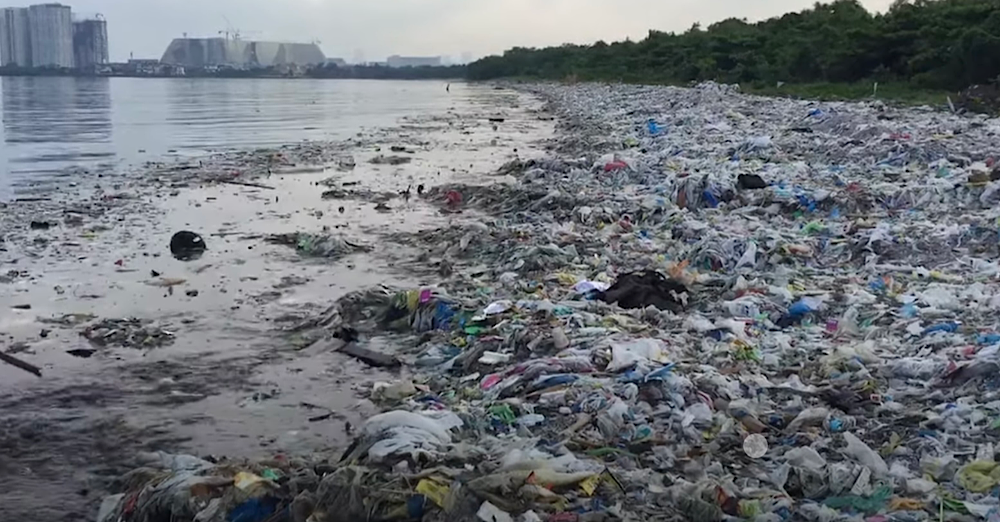The fight against plastic pollution is a 'national emergency' that threatens biodiversity
The country has a poor record for spilling pollutants into the sea. Even before COVID-19, its share of oceanic waste was three times that of India, the world's second worse offender (36.38 per cent vs. 12.92 per cent). Inland waters are at risk, as is the precious Coral Triangle. Raising awareness in the population remains a challenge.
Milan (AsiaNews) – When it comes to dumping plastic into the sea, the Philippines has few rivals and is hard-pressed to find a remedy.
In fact, while concern is growing about pollution not only in cities and villages, it is especially an issue as it affects the sea, this in a country where environmental awareness is poor and waste treatment and recycling are underdeveloped.
Before the COVID-19 pandemic, the Philippines had the largest share of global plastic waste discarded in the ocean, responsible for 36.38 per cent of global oceanic plastic waste, three times more than the second-largest plastic polluter, India, which accounted for about 12.92 per cent of the total.
This amount of plastic produced by just over a hundred million people starts with inland waters, from where plastic flows into the ocean.
According to Earth.Org, a leading environmental news website, the Pasig River, which runs through Manila, became the most polluted in the world in 2017, discharging plastic waste into a sea known for its biodiversity at the apex of the Coral Triangle, and its 20,000 sq km of coral reefs, highly sensitive to pollution, as well as the fish species that inhabit them.
Inevitably, the threat does not concern the environment alone, and increasingly affects the health of Filipinos since half of all the fish consumed by humans contains traces of microplastics.
Past and present awareness-raising initiatives focus on three factors, namely the risks to the population, the need to reduce the use of plastics, and the need to dispose of them.
Reducing the amount is connected to poverty in a country where at least 20 per cent of the population lives below the poverty line, with many surviving just above it.
As a result, many Filipinos seek the cheapest, i.e. smallest alternatives. Big corporations take advantage of this by offering products in small packages, which exacerbates plastic pollution.
The third factor depends primarily on the authorities. As the Philippine Alliance for Recycling and Materials Sustainability pointed out, 70 per cent of Filipinos have no access to disposal facilities, and so dump plastic in the environment.
Existing legislation, starting with the Waste Management Act of 2001, could be adequate, but it is often not enforced and has certainly missed its targets.
Various factors explain the failure to implement laws – one is corporate power over consumers, who lack adequate awareness, and the lack of facilities to dispose of the plastic.
In fact, recycling facilities are inadequate. If enough existed, they could provide at least a partial solution to plastic pollution, but their lack deprives the country of a resource in the form of recovered materials.
25/03/2021 12:43







.png)










